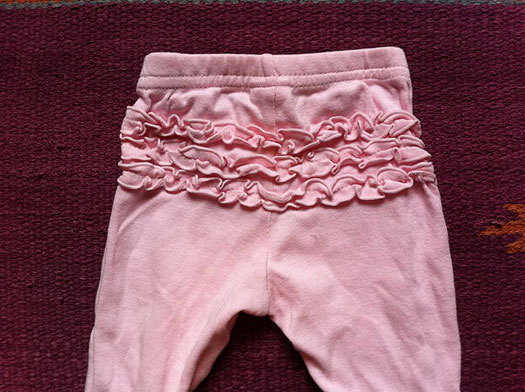
Adolf Loos, Ornament and Crime, 1908:
Since ornament is no longer a natural product of our culture, but a symptom of backwardness or degeneracy, the craftsman producing the ornament is not fairly rewarded for his labour. The condition among wood carvers and turners, the criminally low rates paid to embroiderers and lace makers are well-known. An ornamental craftsman has to work for twenty hours to reach the pay a modern worker earns in eight. In general, decoration makes objects more expensive, but despite that it does happen that a decorated object, with materials costing the same and demonstrably taking three times as long to produce, is put on sale at half the price of a plain object. The result of omitting decoration is a reduction in working hours and an increase in wages. A Chinese wood carver works for sixteen hours, an American labourer for eight. If I pay as much for a plain box as for one with ornamentation, the difference in labour time belongs to the worker. And if there were no ornaments at all—a state that will perhaps come about after thousands of years—we would need to work for only four hours instead of eight, since at the moment half of our labour is accounted for by ornamentation.Faithful readers may have noticed a decline in my output. I have a new baby and a book deadline, and it has been hard to get out of the house. But the critic, like the new mother, never sleeps, and the design before me is the stream of new baby clothes, this time in pink. Reader, I hate them.
Ornament means wasted labour and therefore wasted health. That was always the case. Today, however, it also means wasted material, and both mean wasted capital.
It isn't so much the color, though it is not one I have ever worn, but the excess. I wrote a year ago about the extinction of the unisex clothing I remember from my own childhood (except at the high end). What strikes me most about the girl baby clothes is the ornament. No sleeve left ungathered, no neckline unrosetted, no hem unruffled. The Carters leggings, 100 percent cotton, nice and soft, have ruffles across the butt — for a child who spends 10 minutes a day on her front, screaming for tummy time to be over.
There is a "baby neutral" section on the Carters website, with sweatpants in black, gray and gray. What I want is the rainbow, bright red, green, blue and orange. Neutral should not be penitential. It is the girly that seems to me, as it would have to Loos, a crime.
I know there are bigger problems in the world than unnecessary machine embroidery, but bear with me. It isn't about the femininity — I know many a little girl who truly loves pink, sparkles and tutus, and I would never repress aesthetic choice — it is about the ornament. Tulle and ruffles, butterflies and hearts are like the tattoos of the under-one set, tribal markings to ensure that no one ever ever calls your daughter "he." Loos offensively grouped the Papuan and the child as the only people who could acceptably be ornamented, but it is adults buying this clothing. There are larger lifetime messages in the color and texture and vocabulary of what we buy our babies. On my Tumblr I posted two recent examples of the visulaization of gender stereotyping, one from the photographic Pink &Blue Project, the other a word cloud from toy ads by The Achilles Effect.
And — and this is just a theory — the prevalence of distinctly girl clothes, the absence of unisex indicates some larger excesses along the lines of the labor and capital problems Loos identifies. To buy gender specific clothes is to limit by 50 percent the chances that a second (or more) child in the family will wear them. To add all this ornament without adding to the cost (the girl onesie with pink edging and rosette costs the same as the boy onesie with neither) indicates the cheapness of manufacturing, probably abroad, possibly by children. To buy two or more entirely new wardrobes for two or more children would be prohibitively expensive if there weren't so many cheap kids clothing options. Old Navy, Target, and so on make it easy to buy new rather than recycling.
That the rosette is anti-fuctional adds insult to injury. The onesie is tagless inside, but the flower is hard and pointy. I've scratched my child's head several times with it as I tried to get the shirt on.
Online initiative thredUP, which GOOD has written about, is an outgrowth of the horror many of us feel at the helpless/hapless consumerism of the new parent, though it strikes me as greener to swap within the neighborhood. Already have two bags, boy and girl, ready to give to the next friend or family member who has a baby. Today my daughter is wearing a lovely blue-striped velour suit, a hand-me-down from her own brother, but I would be afraid to assume that another parent would consider that OK for a girl. The extinction of unisex has made me gun-shy. There seems to be no choice in the marketplace except the flower tattoo.
